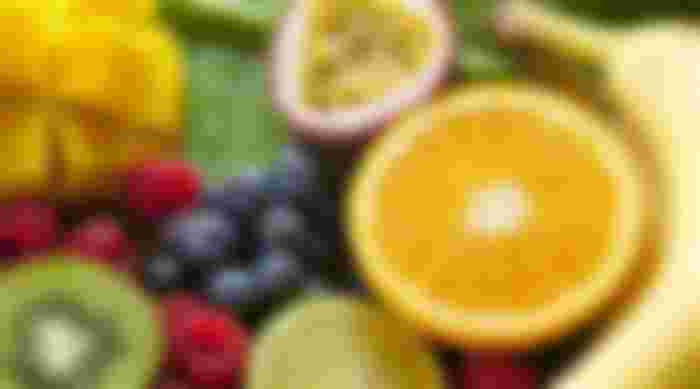Early detection of disease
In recent years, the prevalence of high uric acid in America has gradually increased. The prevalence varies greatly from region to region, generally ranging from 5.46% to 19.30%. That is, in areas with high incidence, one in five people is hyperuricemia.
In addition, the prevalence of men reaches 9.2% to 26.2%, which is much higher than that of women's 0.7% to 10.5%. Not only that, but there is also a clear trend towards younger hyperuricemia.
Hyperuricemia has become the second largest metabolic disease after diabetes in America .
Is high uric acid gout?
No.
High uric acid is a necessary prerequisite for gout . Gout will inevitably be high in uric acid. Usually, the first stage in the course of gout is asymptomatic hyperuricemia.
But only about 10% of people with hyperuricemia have developed gout. The higher the blood uric acid level, the more susceptible to gout. But having high uric acid does not necessarily mean gout.
For example, hyperuricemia is like a pile of dry wood; gout is fiery fire. The more dry wood, the easier it is to ignite. But with dry wood, it does not mean that it is bound to be a fire. But once the dry wood is lit, it is difficult to extinguish the fire. The best way to extinguish fires at present is to remove dry wood.
For early patients, in addition to uric acid, he usually has the following characteristics:
Redness: Redness of skin at affected joints
Swelling: swelling of affected joints
Heat: High skin temperature at affected joints
Pain: prominent joint pain
Redness: Redness of skin at affected joints
Swelling: swelling of affected joints
Heat: High skin temperature at affected joints
Pain: prominent joint pain

Does uric acid need further examination?
High uric acid often has no special symptoms, so many people will find that they have high uric acid when they get a medical report (usually the "serum uric acid" indicator exceeds the standard).
Checking Tips
Corresponding clinic:
Endocrinology
Initial inspection items:
Fasting venous blood
After the first discovery of uric acid exceeding the standard ( greater than 420 μmol / L ), it is recommended to review the urate level at intervals of more than one week to facilitate the diagnosis;
Patients with hyperuricemia who are younger than 25 years of age and have a family history of gout are also recommended to screen for hereditary disorders of purine metabolism.
After the first discovery of uric acid exceeding the standard ( greater than 420 μmol / L ), it is recommended to review the urate level at intervals of more than one week to facilitate the diagnosis;
Patients with hyperuricemia who are younger than 25 years of age and have a family history of gout are also recommended to screen for hereditary disorders of purine metabolism.
Further examination:
Usually after the above tests are confirmed, doctors give lifestyle interventions and use diuretics if necessary.
lifestyle habits to lower your uric acid
In addition to people with genetic abnormalities, obesity, lack of exercise, high fructose diet, insufficient drinking water, high purine diet, and love to drink alcoholic beverages can easily cause hyperuricemia.
Once the inspection finds that the uric acid value is higher than the above mentioned indicators, it is recommended to adjust your lifestyle in a timely manner:

Encourage more food and more:
➊ Drink plenty of water;
➋ You can eat more fresh vegetables, eggs, low-fat or skimmed milk, and some soy products;
➌ More exercise. Although exercise can slightly increase blood uric acid, overall exercise is beneficial to the body; especially after exercise reduces waist circumference, blood uric acid can be reduced;
➍ You can eat some fruits rich in potassium and vitamin C, such as cherry, strawberry, pineapple, etc.
Should be restricted and avoided as much as possible:
➊Limit the total daily calorie intake and control the purine content in food;
➋ Drink less sugary drinks, fruit juices, alcoholic beverages, etc., the best is plain water;
➌ Minimize or avoid drinking and smoking;
➍ Eat less animal offal, seafood, chicken, duck and fish;
➎ Try to avoid drugs that cause high uric acid, such as diuretics, oral calcineurin inhibitors (cyclosporine, tacrolimus).

